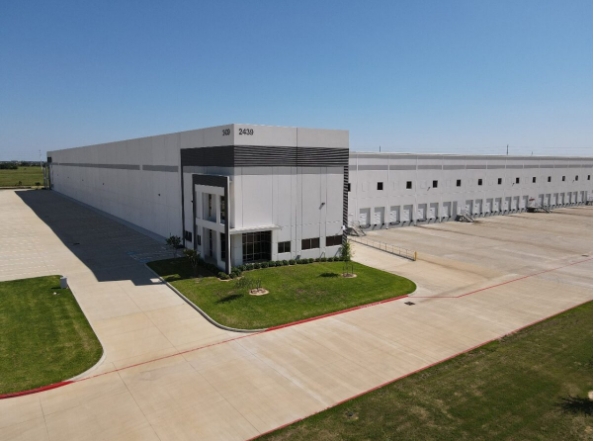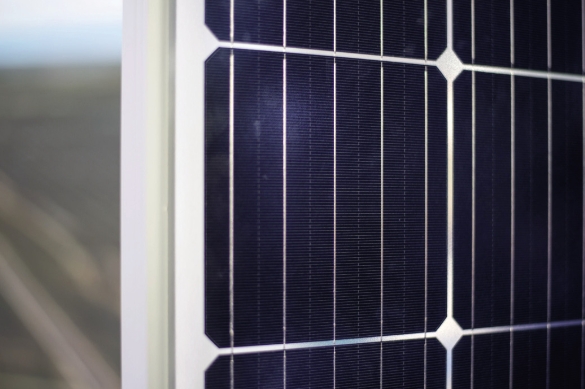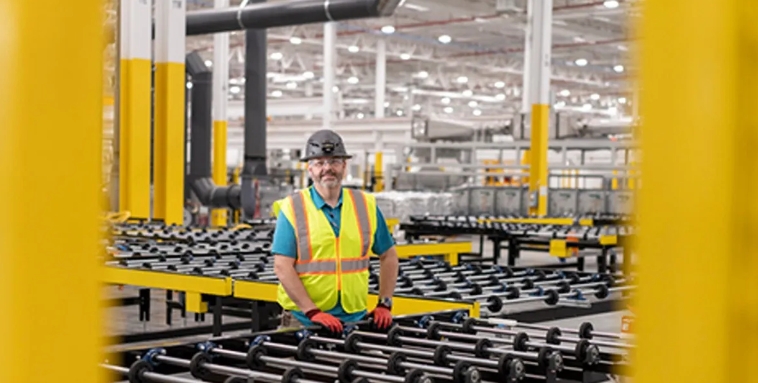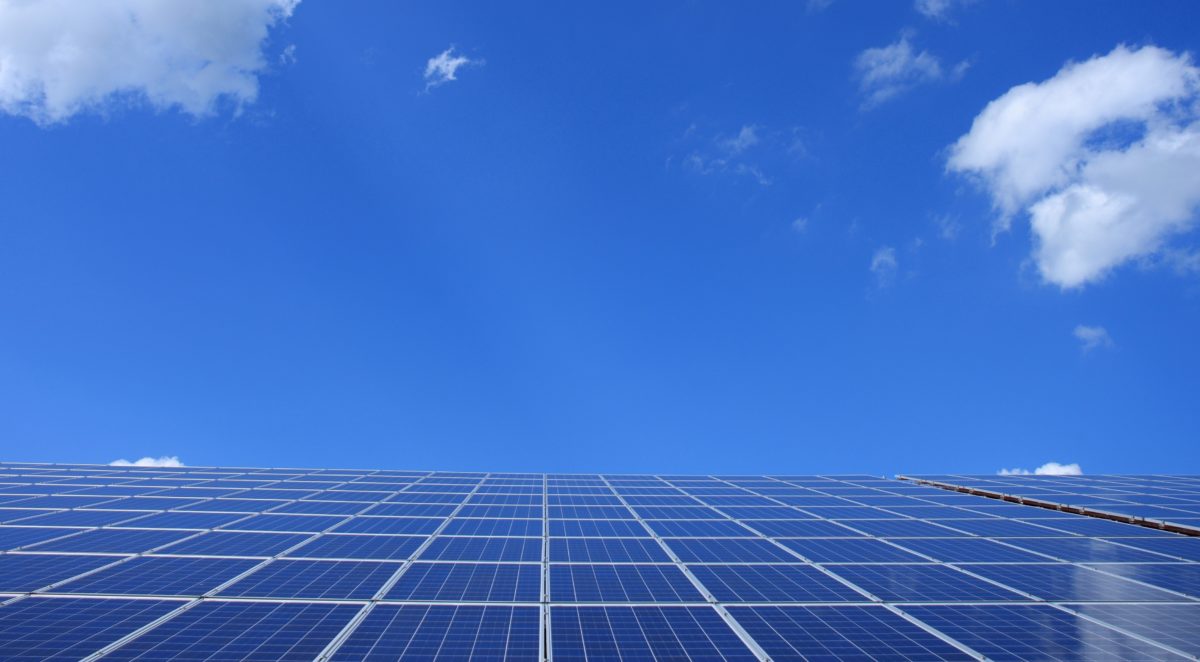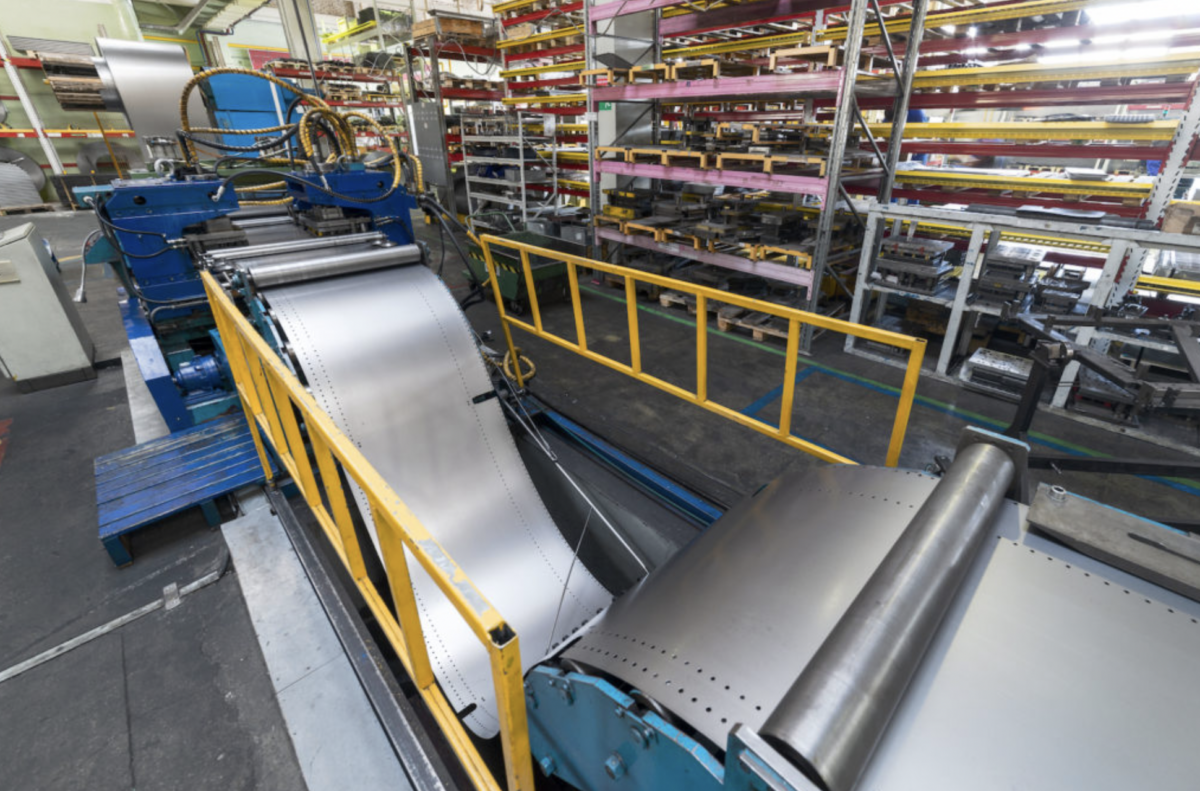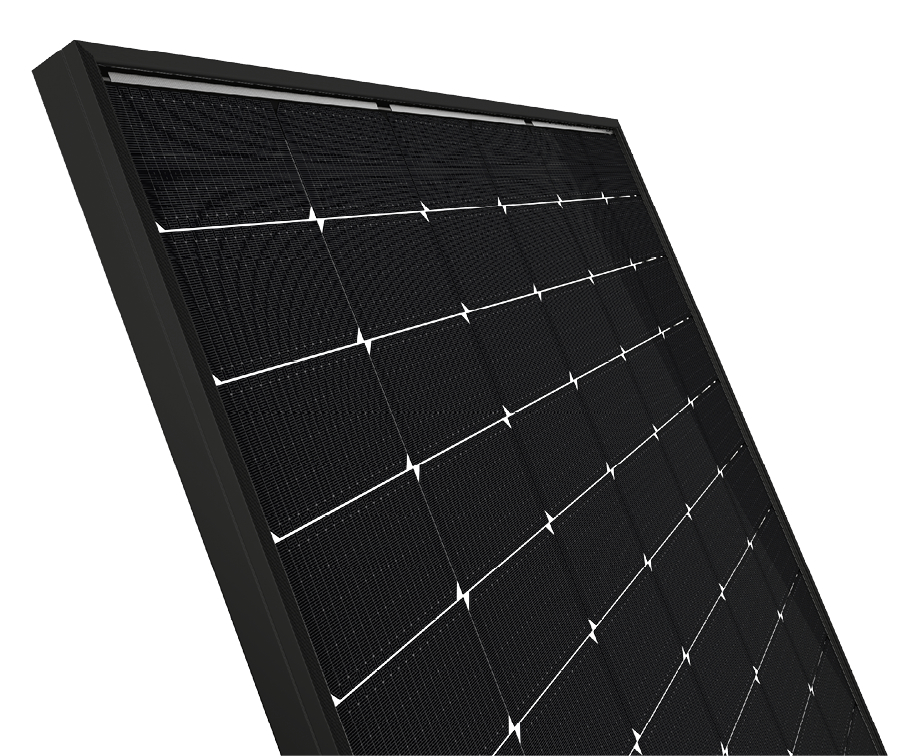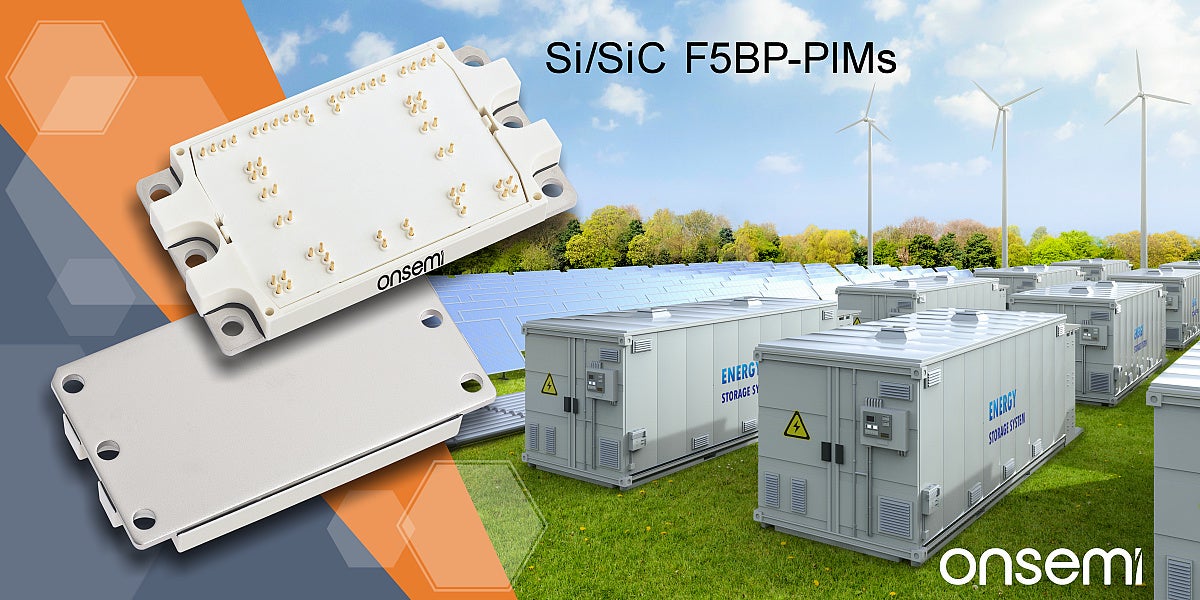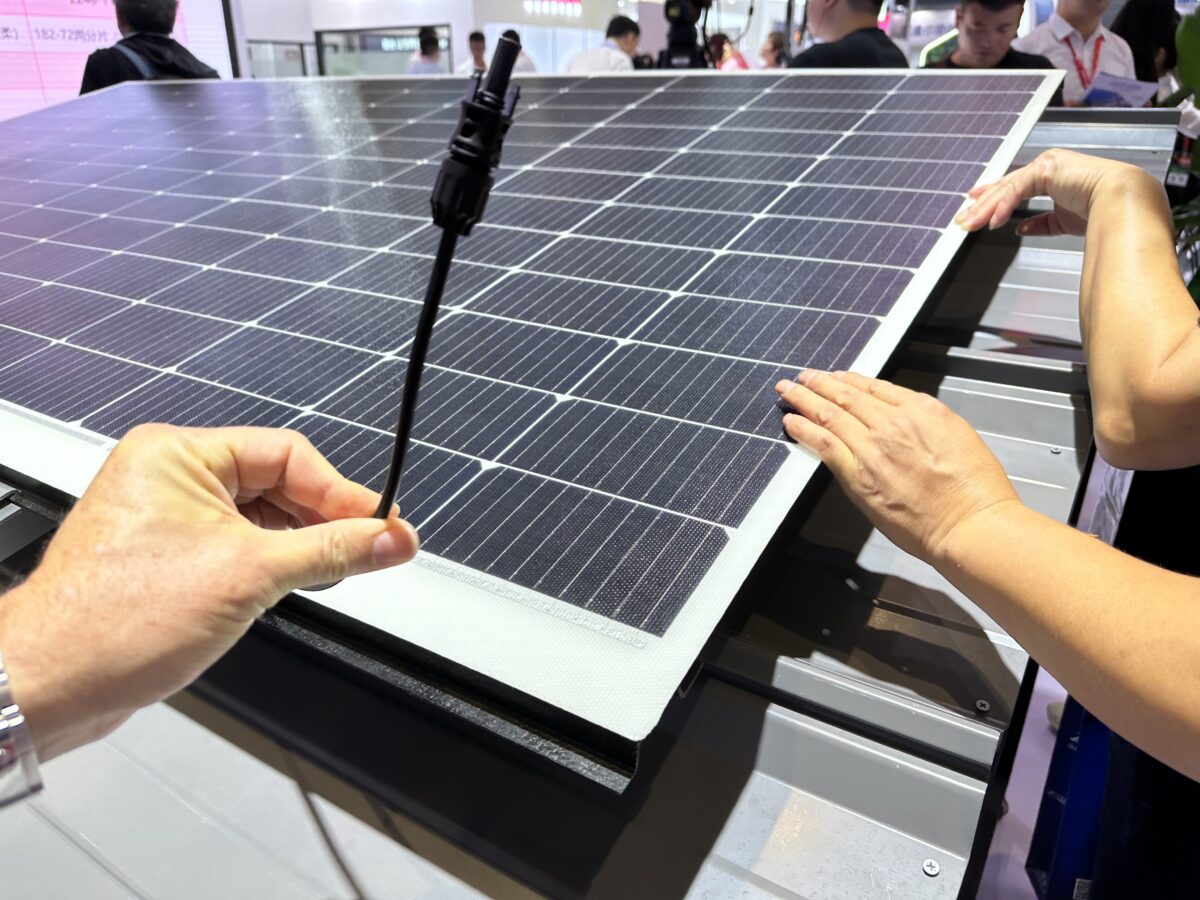The launch comes as the company has highlighted a striking need to scale up flexibility worldwide, with G20 countries requiring 3526 GW of flexible assets, in the form of energy storage and flexible gas technology, to enable their energy systems to run on 100% renewable electricity. The capacity needed to balance the G20’s switch to grids powered by intermittent renewables must come from two key technologies: 2594 GW of energy storage and 933 GW of flexible gas power capacity, capable of running on future fuels. Future fuels can be produced during periods when renewables produce more electricity than is needed.
Sushil Purohit, President, Wärtsilä Energy, said: “Last month’s UN climate report gives a clear message for G20 leaders: to decarbonise at the lowest cost, high levels of renewable energy must be scaled up by 2030. What we have learned from modelling over 145 countries and regions in our 'Atlas of 100% Renewable Energy' is that power systems with high levels of renewables need a significant amount of flexibility, through energy storage and gas balancing technology, to achieve the transition to 100% renewable energy future.”
To meet the clear global need for grid flexibility, Wärtsilä’s grid balancing technology is part of a portfolio of products designed to cost effectively accelerate the energy transition. The portfolio consists of power plants, energy storage and energy management systems. The first power plant solution in the portfolio is powered by the upgraded Wärtsilä 34SG Balancer engine, optimised for renewable baseload markets; an agile, fast-starting gas engine capable of ramping up to 10.8 MW in two minutes to seamlessly integrate with renewables. The power plant solution is based on lean design, and it can be equipped with features such as unmanned standby, remote control capabilities, 24/7 data streaming and dynamic power management. Optimised performance and reliability is supported by Wärtsilä Lifecycle solutions.
Wärtsilä’s power plant gas engines can currently run on natural gas, biogas, synthetic methane or hydrogen blends. The company is actively developing the combustion process to allow the burning of 100% hydrogen and other future fuels. Wärtsilä has a long track record of successful fuel conversions for the global installed engine base.
Alongside the power plant solution, Wärtsilä offers its fully integrated GridSolv energy storage technology, designed for ease of deployment and sustainable energy optimisation, and its GEMS Digital Energy Platform. GEMS dynamically optimises energy systems through a broad range of applications, such as frequency regulation, to create revenue streams and enhance grid/system resilience.
Jukka Lehtonen, Vice President for Technology & Product Management at Wärtsilä Energy, said: “Currently, the industry is in a challenging situation. Investments need to be made today even if visibility of the future is not fully clear. We have developed, in an agile manner, a solution based on existing, proven technology which is future-proof and flexible. The solution can be adapted to different operational profiles and running hours, along with evolving needs of the system. Using our solution, renewables can be integrated seamlessly into different energy mixes as they become available.”
According to Wärtsilä’s 'Atlas of 100% Renewable Energy' modelling, the lowest-cost 100% renewable system would require 12 900 GW of electricity production capacity across the G20 by 2030, dominated by wind and solar. A significant degree of overcapacity is needed to account for the variability of wind and solar generation. Excess electricity can then be utilised to produce future fuels with Power-to-X technology. The modelling finds that balancing the intermittency of the renewable production with a combination of flexible gas and energy storage would be 38% cheaper for the G20, in comparison to relying on energy storage alone.
